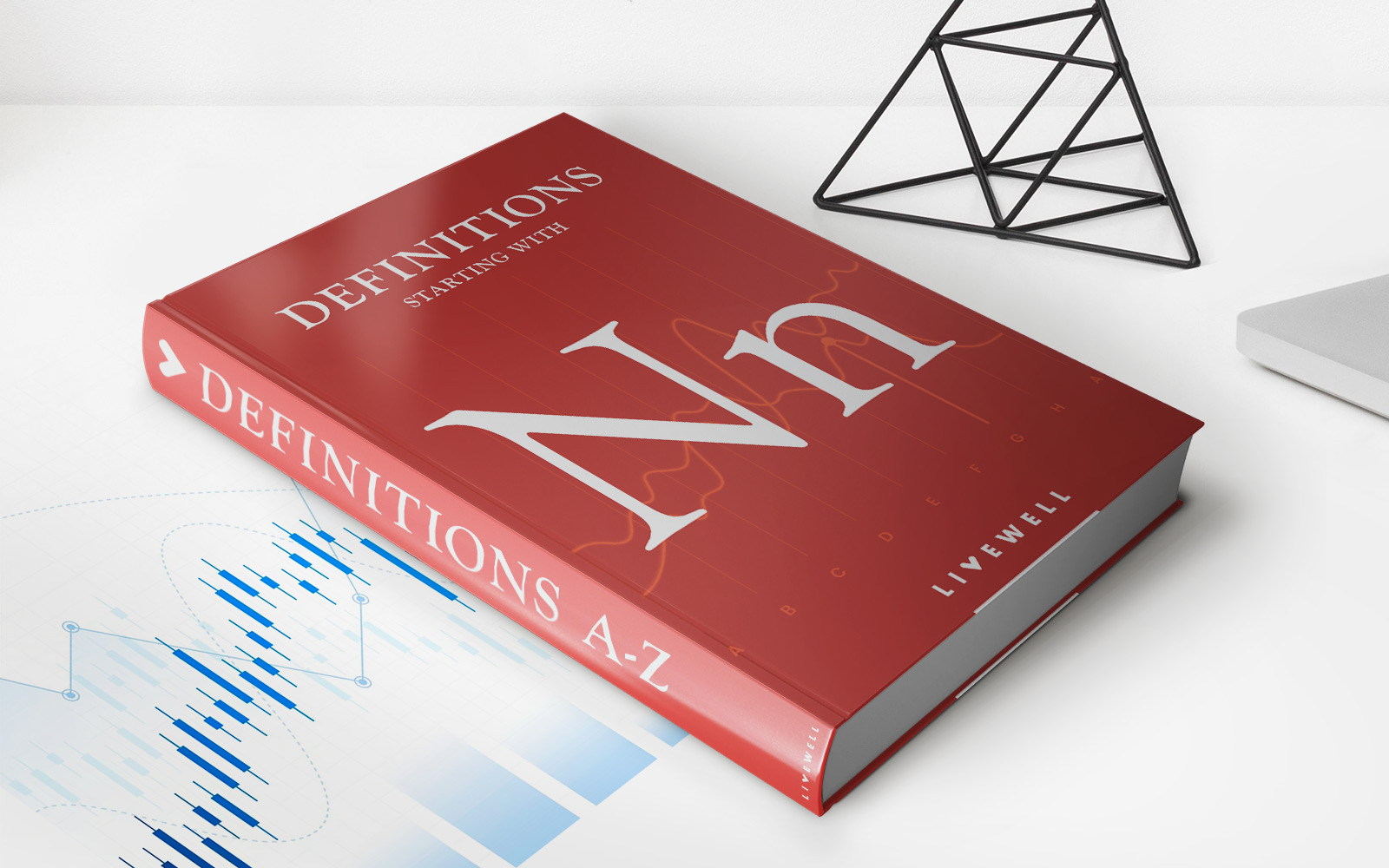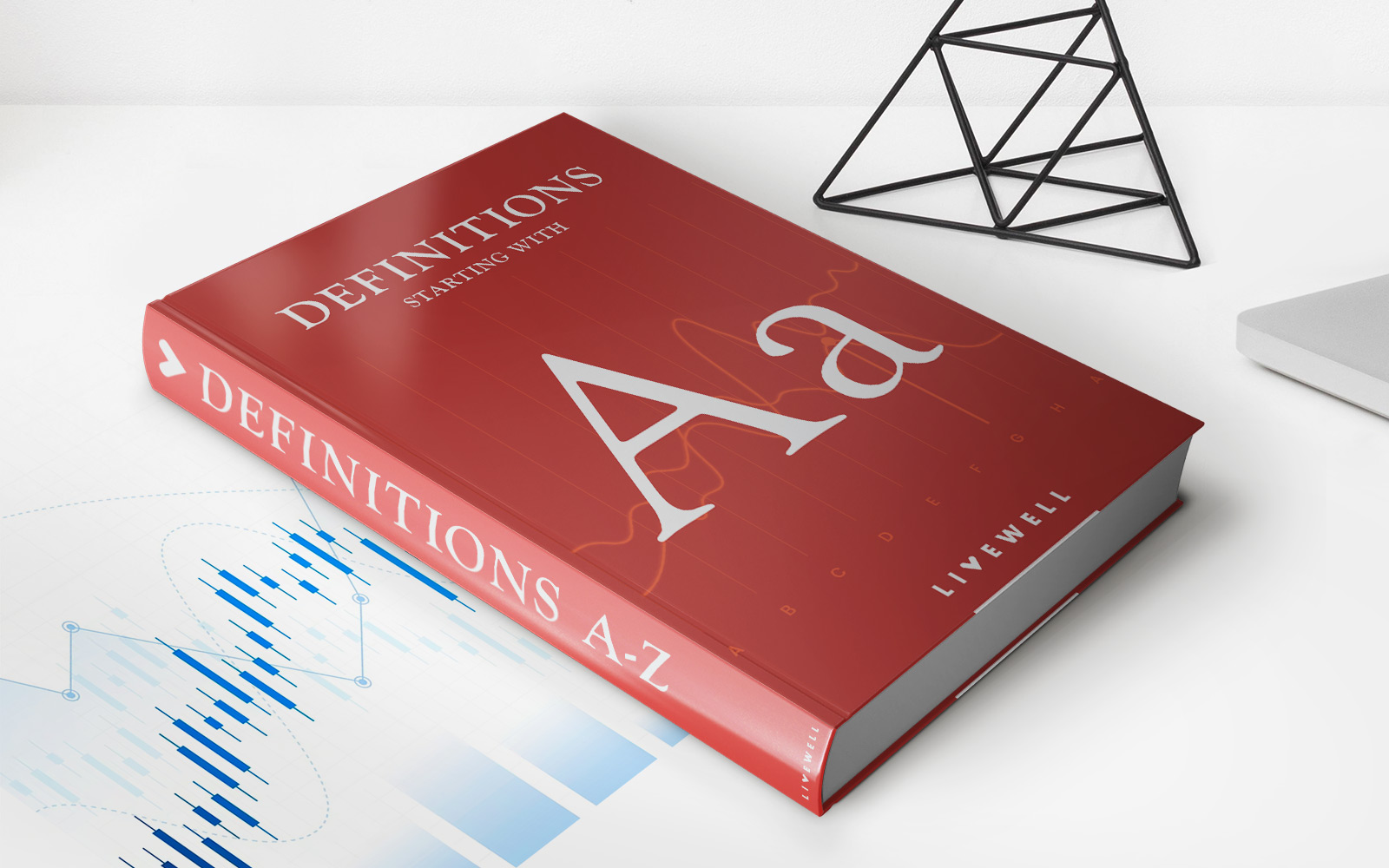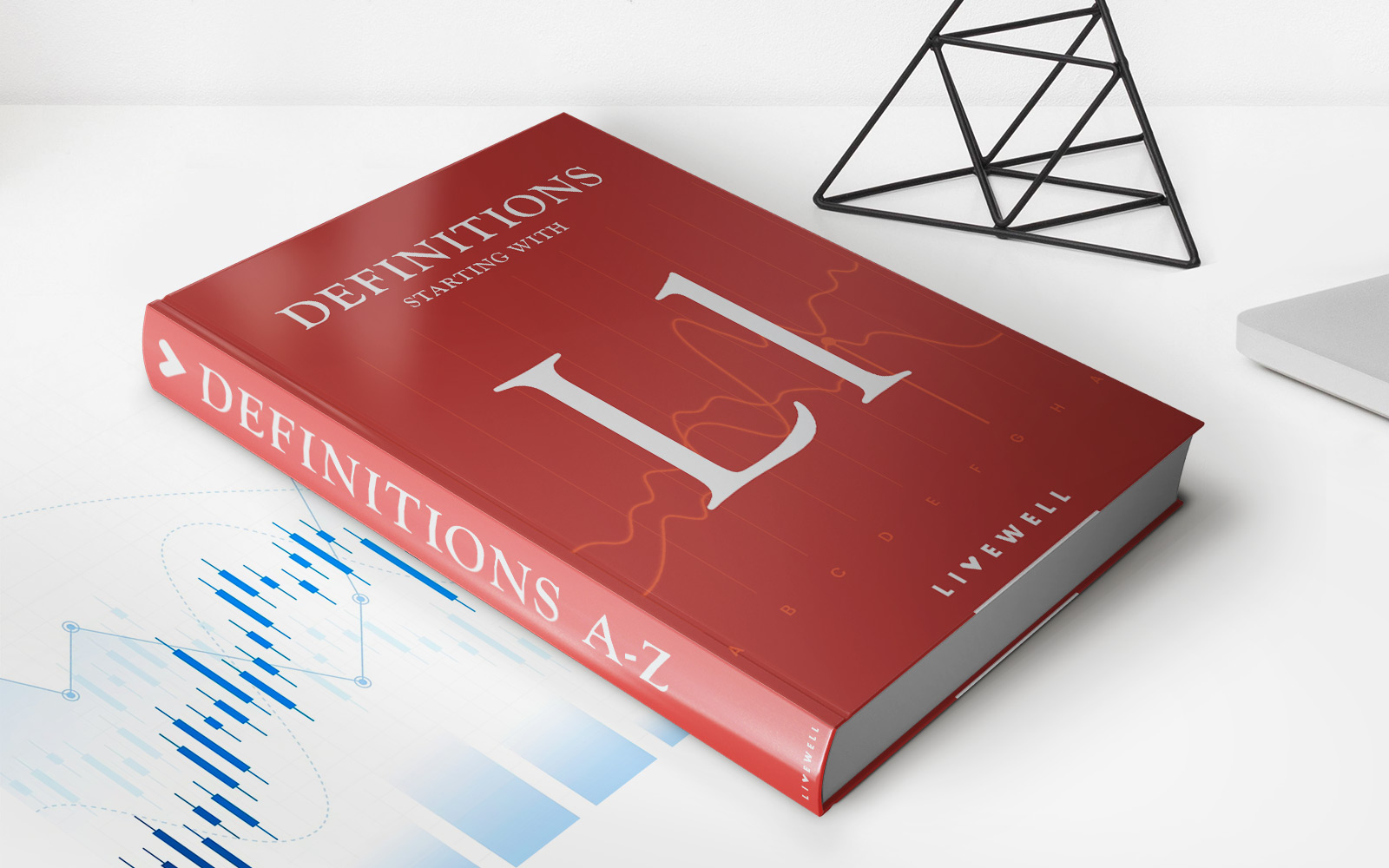

Finance
Index Amortizing Swap (IAS) Definition
Published: December 8, 2023
Learn about the definition and use of Index Amortizing Swaps (IAS) in finance. Explore how IAS can help manage interest rate risks and optimize cash flows.
(Many of the links in this article redirect to a specific reviewed product. Your purchase of these products through affiliate links helps to generate commission for LiveWell, at no extra cost. Learn more)
Understanding Index Amortizing Swap (IAS): Definition and Benefits
Welcome to the finance corner of our blog, where we dive into various financial concepts to help our readers enhance their financial knowledge. Today, we will be discussing the Index Amortizing Swap (IAS), a term that may sound complex but is actually quite straightforward once you understand its definition and benefits. So, what exactly is an Index Amortizing Swap, and why is it an important tool in the world of finance? Let’s find out!
Key Takeaways:
- Index Amortizing Swap (IAS) is a financial derivative that allows two parties to exchange cash flows based on the difference between a reference index and a fixed rate.
- IAS can be used to manage interest rate risk and lock in predictable cash flows.
An Index Amortizing Swap is a type of financial derivative instrument commonly used by institutional investors to manage interest rate risk. It allows two parties to exchange cash flows based on the difference between a reference index and a fixed rate. In simple terms, one party agrees to pay a fixed interest rate, while the other party pays a variable interest rate based on an established index, such as LIBOR or the consumer price index.
Now, you might be wondering, what makes an Index Amortizing Swap beneficial for investors? Here are two key takeaways:
- 1. Managing Interest Rate Risk: By entering into an IAS, investors can effectively manage their exposure to interest rate fluctuations. For instance, if an investor expects interest rates to increase, they can enter into an IAS where they pay a fixed rate and receive a variable rate, allowing them to benefit from rising interest rates.
- 2. Predictable Cash Flows: One of the advantages of an Index Amortizing Swap is the ability to lock in predictable cash flows. This can be particularly valuable for institutions such as pension funds or insurance companies that rely on stable income streams to meet their financial obligations.
Furthermore, Index Amortizing Swaps can also be customized to meet specific financial objectives. Parties can agree on the terms of the swap, including the notional amount, reference index, reset frequency, and maturity date, tailoring the instrument to their unique requirements.
In conclusion, an Index Amortizing Swap (IAS) is a financial tool used to manage interest rate risk and secure predictable cash flows. By understanding its definition and recognizing its benefits, investors can make informed decisions when it comes to incorporating IAS into their financial strategies. If you’re interested in learning more about finance-related topics, make sure to explore the other categories on our blog for a wealth of information!














